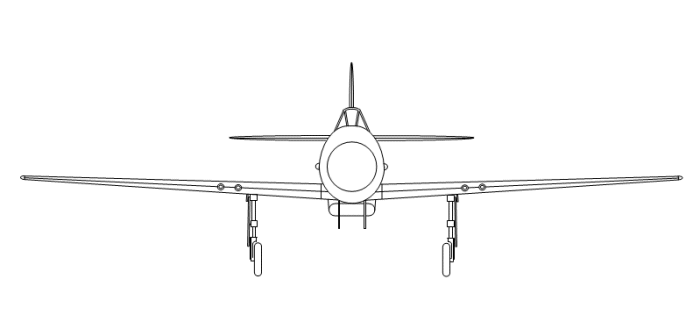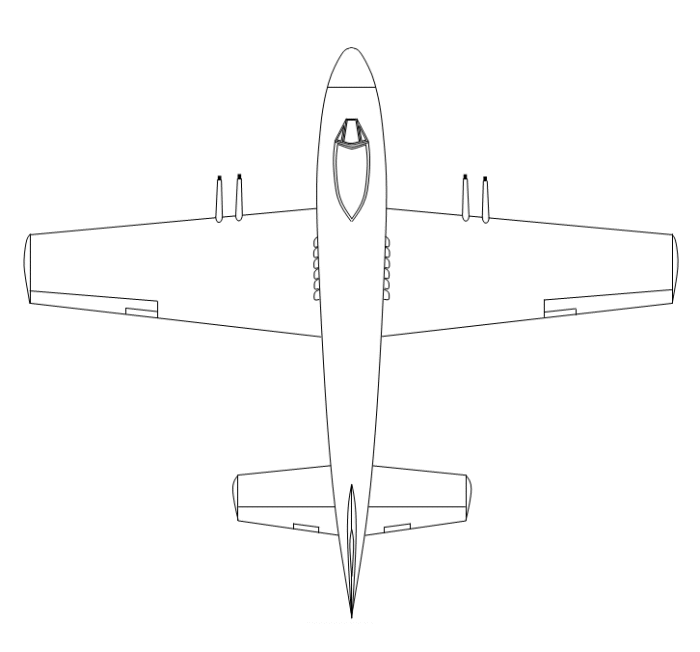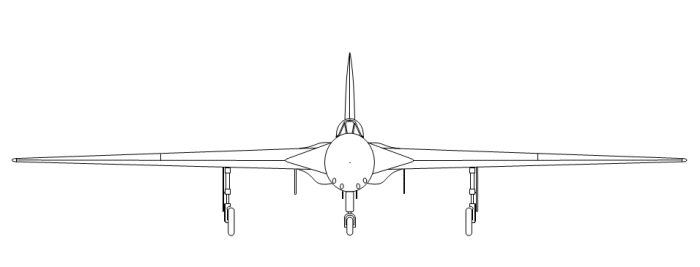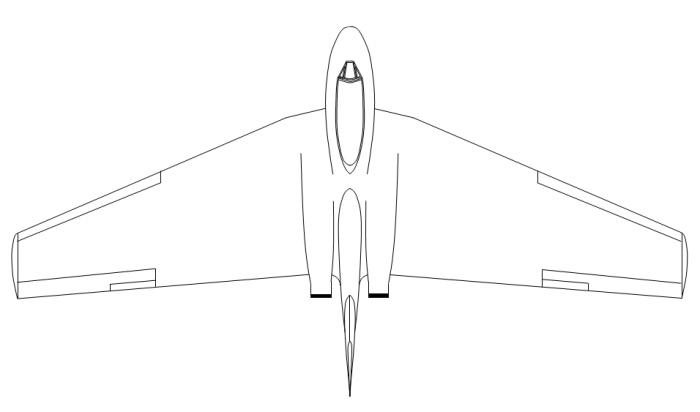The Wren Prototypes
A number of technically minded readers have requested more detailed information on the Wren prototypes, so we are delighted to oblige. The prototype fighters constructed by the Wren Aeroplane Company were the Type VI (piston engine) of 1942 and the Type VII (jet engine) of 1944. The Type VI was originally intended to be a Spitfire replacement but was then earmarked for the job of bomber escort after intervention by the Prime Minister. The Type VII was ordered in late 1942 at a time when Britain's jet programme was in trouble and was intended to be a replacement for the Mosquito and the Beaufighter. The Type VI (unofficial name "Remora")When John Wren decided to build a fighter made largely of non-strategic materials he knew that it would be heavier than those made of aluminium alloy, so he selected the powerful Napier Sabre II engine to maintain performance. He benefited from the experiences of Hawker Aircraft, which had encountered many problems with their Typhoon fighter, and went for a mid-engine configuration, which permitted more efficient aerodynamics and better weight distribution. This approach also paid dividends when additional internal fuel capacity was required. Efficient cooling of the engine was an issue, and Wren went for the "P51" solution of having a ventral air intake. A huge amount of effort went into making this approach work well, including the design of a special radiator. Early testing revealed an amount of longitudinal instability, and a dorsal fin was added to the top of the rear fuselage (not shown in picture). To make the Type VI a more effective escort fighter, Wren increased the rounds per gun to 300. Again, this required some ingenuity, but since Martin Baker had got six cannon and 1,200 rounds into one design of wing for their MB3, the problems were not insuperable. SpecificationType: Single-seat escort fighter to specification F18/39. Construction: A composite airframe of steel and laminated wood. Wooden skins and some complex load-bearing wooden components were built up from laminates of Canadian Birch veneer bonded with phenol formaldehyde resin. Fuselage - Welded steel frame, with formers and skin constructed in pre-fabricated sections. Dimensions: Weights: Performance: |
 |
 |
The Type VII (unofficial name "Assassin")In designing the Type VII, Wren's chief designer, Harry Mason, took a bold step in choosing a basic flying wing configuration. Although the machine could not be a pure flying wing - a nacelle would be required for crew and armament, and bulged fairings to house the wide centrifugal flow gas turbine engines - the layout offered less drag and more storage for fuel; both vital to the performance of a jet aircraft. A small bomb bay was also viewed as necessary as the Mosquito had one; and underwing bomb carriers and bombs would have generated too much drag. The C of G (Centre of Gravity) was a more significant design consideration than for a conventional aircraft, and positioning of heavy components had to be made with care. Nevertheless, an amount of lead ballast had to be carried in the tailboom, which was increased when operational equipment was installed. The aircraft was designed and built in a year; something that would not have been possible without initial guidance from Northrop and by making a number of design compromises. To the surprise of many, the aircraft performed well, but proved to have very poor low speed handling - which almost ended the project. Only by forming a special test unit for the specific purpose of testing the machine's operational potential was it saved from being handed over to the RAE for experimental work. SpecificationType: Two-seat fighter-bomber to manufacturer's specification. Construction: Conventional stressed skin with flush riveting throughout. Dimensions: Weights: Performance: |
 |
 |
© Copyright 2007 CairdPublications.com | Site Map | Contact Us |
